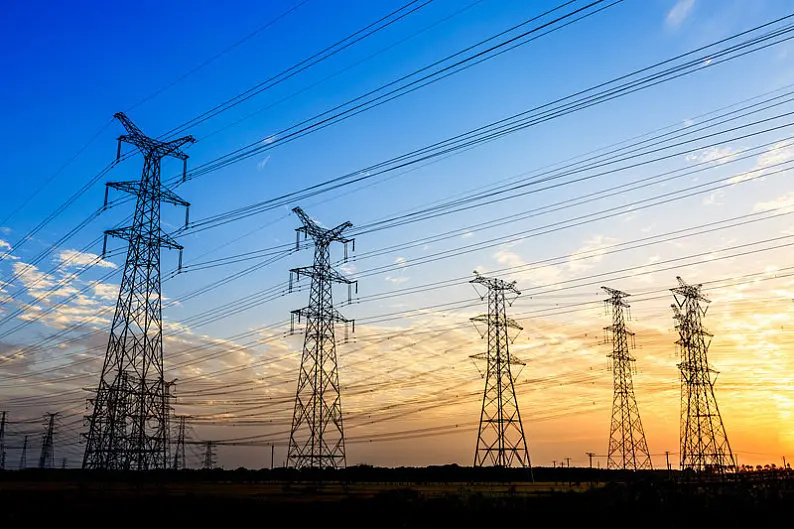 English
English Español
Español  Português
Português  русский
русский  Français
Français  日本語
日本語  Deutsch
Deutsch  tiếng Việt
tiếng Việt  Italiano
Italiano  Nederlands
Nederlands  ภาษาไทย
ภาษาไทย  Polski
Polski  한국어
한국어  Svenska
Svenska  magyar
magyar  Malay
Malay  বাংলা ভাষার
বাংলা ভাষার  Dansk
Dansk  Suomi
Suomi  हिन्दी
हिन्दी  Pilipino
Pilipino  Türkçe
Türkçe  Gaeilge
Gaeilge  العربية
العربية  Indonesia
Indonesia  Norsk
Norsk  تمل
تمل  český
český  ελληνικά
ελληνικά  український
український  Javanese
Javanese  فارسی
فارسی  தமிழ்
தமிழ்  తెలుగు
తెలుగు  नेपाली
नेपाली  Burmese
Burmese  български
български  ລາວ
ລາວ  Latine
Latine  Қазақша
Қазақша  Euskal
Euskal  Azərbaycan
Azərbaycan  Slovenský jazyk
Slovenský jazyk  Македонски
Македонски  Lietuvos
Lietuvos  Eesti Keel
Eesti Keel  Română
Română  Slovenski
Slovenski  मराठी
मराठी  Srpski језик
Srpski језик
Classification and main uses of power towers
2024-01-23
With the development of the times, power towers can be classified according to their construction materials, structural types, and usage functions. According to different products, their uses also vary. Below, we will briefly explain their classification and main uses:
1. According to the construction materials, towers can be divided into several types: wooden structures, steel structures, aluminum alloy structures, and reinforced concrete structures. Wooden pole towers have been phased out in China due to their low strength, short lifespan, inconvenient maintenance, and limited wood resources.
Steel structures are divided into trusses and steel pipes, with lattice truss towers being the most commonly used and the main structure for ultra-high voltage and above transmission lines.
Aluminum alloy structural towers are only used in mountainous areas where transportation is particularly difficult due to their high cost. Reinforced concrete poles are all poured using centrifuges and steam cured. It has a short production cycle, long service life, simple maintenance, and can save a lot of steel
2. According to the structural form, it can be divided into two types: self-supporting towers and cable-stayed towers. A self-supporting tower is a tower that is stabilized by its own foundation. A stay wire tower is a symmetrical stay wire installed on the tower head or body to firmly support the tower, and the tower itself only bears vertical pressure.
Due to its excellent mechanical performance, resistance to storm attacks and line breakage, and stable structure, the higher the voltage of the line, the more cable towers are used.
3. According to their usage functions, they can be divided into load-bearing towers, straight towers, transposition towers, and large span towers. According to the number of circuits of transmission lines installed on the same tower, it can also be divided into single circuit, double circuit, and multi circuit towers. The load-bearing tower is the most important structural link on the transmission line.
4. The foundation type of transmission tower: The hydrogeological conditions along the transmission line vary greatly, and it is very important to choose the appropriate foundation form according to local conditions.
There are two main types of foundations: on-site casting and prefabrication. Casting foundations can be divided into undisturbed soil foundations (including rock foundations and excavated foundations), blast expanded pile and cast-in-place pile foundations, as well as ordinary concrete or reinforced concrete foundations based on tower type, groundwater level, geology, and construction methods.
Prefabricated foundations include chassis, clamps, and cable trays for electric poles, as well as various types of prefabricated concrete and metal foundations for iron towers; Theoretical calculations for the resistance to uplift and overturning of foundations are being studied and processed by various countries according to different foundation forms and soil conditions, in order to make them more reasonable, reliable, and economical.








